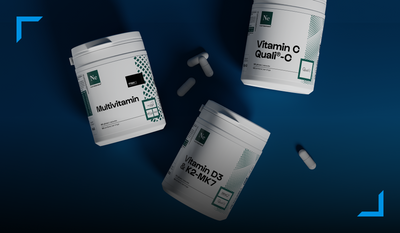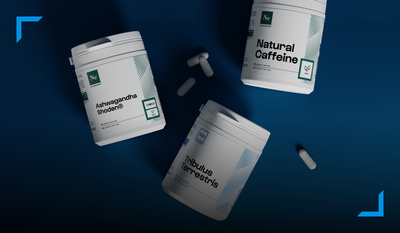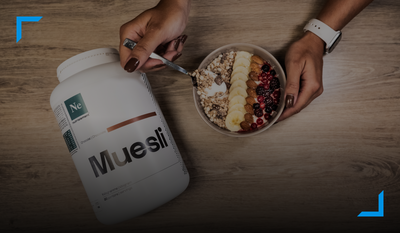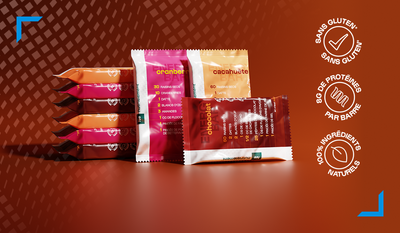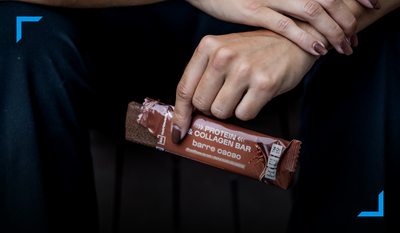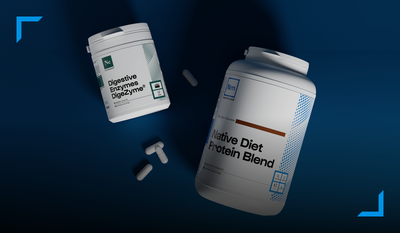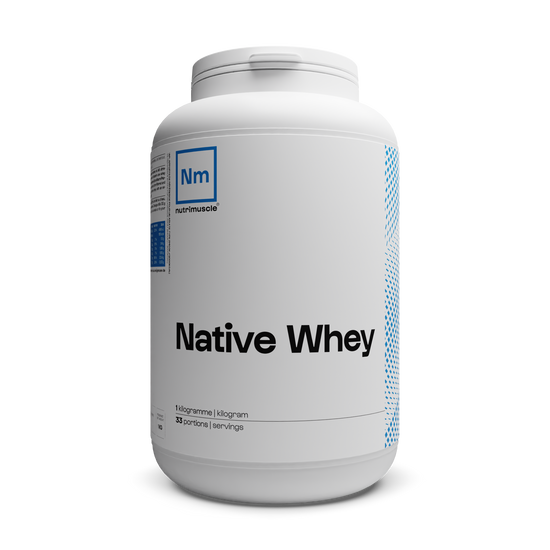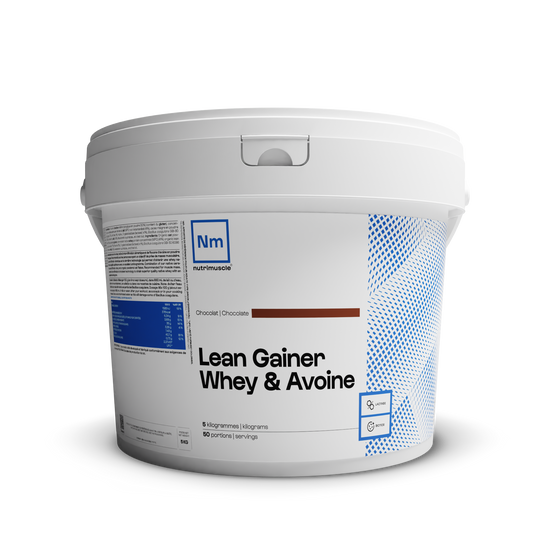0 commentaires
How to take your proteins optimally? When is the best time to take them? Find out everything you need to know about the different types of protein and how to best consume them to maximize your results.
What are proteins and what are they used for?
Protein in the form of a food supplement is essential for any athlete wishing to progress. Indeed, diet alone cannot guarantee optimal protein intake as part of a healthy diet, even through animal proteins.There are different types of proteins that meet different objectives: muscle mass gain, weight loss, lean, etc.
Each protein has its own use
Whey (concentrate and isolate)
Whey (or “whey concentrate”) is a protein that comes from milk and has been cold filtered to extract the fats. Rich in essential amino acids, it is the most popular protein source in the bodybuilding world. It has a very rapid digestion and absorption rate (90 minutes).
Whey isolate (or “isolate”) also comes from milk, but this protein has undergone a second cold filtration which increases its protein level to 90%. Its absorption is even faster (60 min) but it has the same effects on muscle development as a whey concentrate.
- Upon rising: 20 to 40 g of Native Whey or Whey Isolate in a breakfast (pancakes, smoothie, bowl, etc.) or accompanied by 200 ml of water or vegetable milk at room temperature.
- One hour before training: 20 g of Native Whey or Whey Isolate + 200 ml of water or vegetable milk at room temperature in a shaker.
- During training: 10 g of Native Whey/Whey Isolate every 30 minutes.
- After training, up to 1 hour later to take advantage of the anabolic window: 30 to 60 g of Native Whey/Whey Isolate to optimize the anabolic response.
BCAAs
BCAAs constitute essential amino acids for the formation of proteins. They cannot be synthesized by the body and must be supplied through diet or supplementation. The amino acids that compose them are leucine, valine and isoleucine.
The role of BCAAs is to minimize catabolism, synthesize new muscle proteins, repair tissues and control sugar in the body. They have a fundamental role in muscle growth and construction. They are also essential to fight against catabolism; therefore it is ideal to consume BCAAs once training is completed.
Regular sports practice increases BCAA needs. However, it is difficult to consume enough through food. An athlete needs 2 to 2.5 g per kilogram of body weight of BCAA. Supplementation is highly recommended for all bodybuilding practitioners.
BCAAs can be consumed before, during and after training. It is also possible to take it between meals and at bedtime. It is recommended to take them as follows:- Before training: 5 g of BCAA + 250 ml of warm water.
- During training: 10 g of BCAA in a carbohydrate drink (maltodextrin and/or dextrose).
- After training: 5 g of BCAA + 250 ml of warm water.
- Between meals: 2 to 5 g of BCAA + 250 ml of warm water.
Casein
Just like whey, micellar casein comes from milk, but unlike it, its speed of assimilation is very slow. In terms of muscle development, casein and whey have the same properties. They contain the same levels of protein and essential amino acids.
Since casein digests very long, it is a protein that fuels muscle fibers for up to several hours after training. It is assimilated in 3 to 5 hours after ingestion. Its satiety effect is useful for weight loss programs. It is recommended to consume casein as follows:
- One hour before training: 20 g of casein + 300 ml of temperate mineral water or vegetable milk helps minimize catabolism.
- Immediately after training: 20 to 60 g of casein + 300 ml of temperate mineral water or vegetable milk if you cannot eat quickly after exercise.
- In the evening, at bedtime: 30 g of casein + 300 ml of temperate mineral water or vegetable milk helps replace catabolism with powerful anabolism and reduce the feeling of hunger.
The Gainers
A gainer is a mixture of several proteins and carbohydrates. The presence of carbohydrates in large quantities allows you to increase your daily calorie intake. Indeed, gainers are used most of the time as part of mass gain, where the body needs a considerable intake of calories.
Gainers are consumed alongside a high-calorie diet or a mass-gain program, and several times a day. The three daily meals should be high in calories and nutrients. The Gainer complements this feeding method.
There are different types of gainers:
The Hard Gainer
This is the most caloric Gainer, intended for ectomorphic people who struggle to gain weight. It is advisable to take it as follows:- When you wake up: 70 to 100 g of Hard Gainer + 350 ml of temperate mineral water or vegetable milk to revive muscle anabolism depressed by nighttime fasting.
- Between meals: 50 to 100 g of Hard gainer + 350 ml of tempered mineral water or vegetable milk.
- 1 hour before training: 70 g of Hard Gainer + 350 ml of tempered mineral water or vegetable milk.
- After training: 100 to 150 g of Hard Gainer + 350 ml of temperate mineral water or vegetable milk to stimulate protein anabolism, improve recovery and accelerate the resynthesis of muscle glycogen.
- In the evening: 50 to 100 g of Hard Gainer + 350 ml of temperate mineral water or vegetable milk to replace nocturnal catabolism with powerful anabolism.
The Lean Gainer
Less rich in carbohydrates, this Gainer allows for measured and more qualitative weight gain. It is intended for athletes gaining mass who wish to limit fat gain. It is recommended to take it like this:- When you wake up: 100 to 150 g of Lean Gainer + 350 ml of temperate mineral water or vegetable milk to break the catabolism induced by nighttime fasting.
- Between meals: 100 g of Lean Gainer + 350 ml of tempered mineral water or vegetable milk. The goal is not to go more than two hours without eating (a meal or taking Gainer).
- 1 hour before training: 100 to 150 g of Lean gainer + 350 ml of temperate mineral water or vegetable milk to prepare the muscles for exercise.
- Immediately after training: 100 to 150 g of Lean Gainer + 350 ml of temperate mineral water or vegetable milk to counter catabolism and restore intramuscular glycogen stocks.




